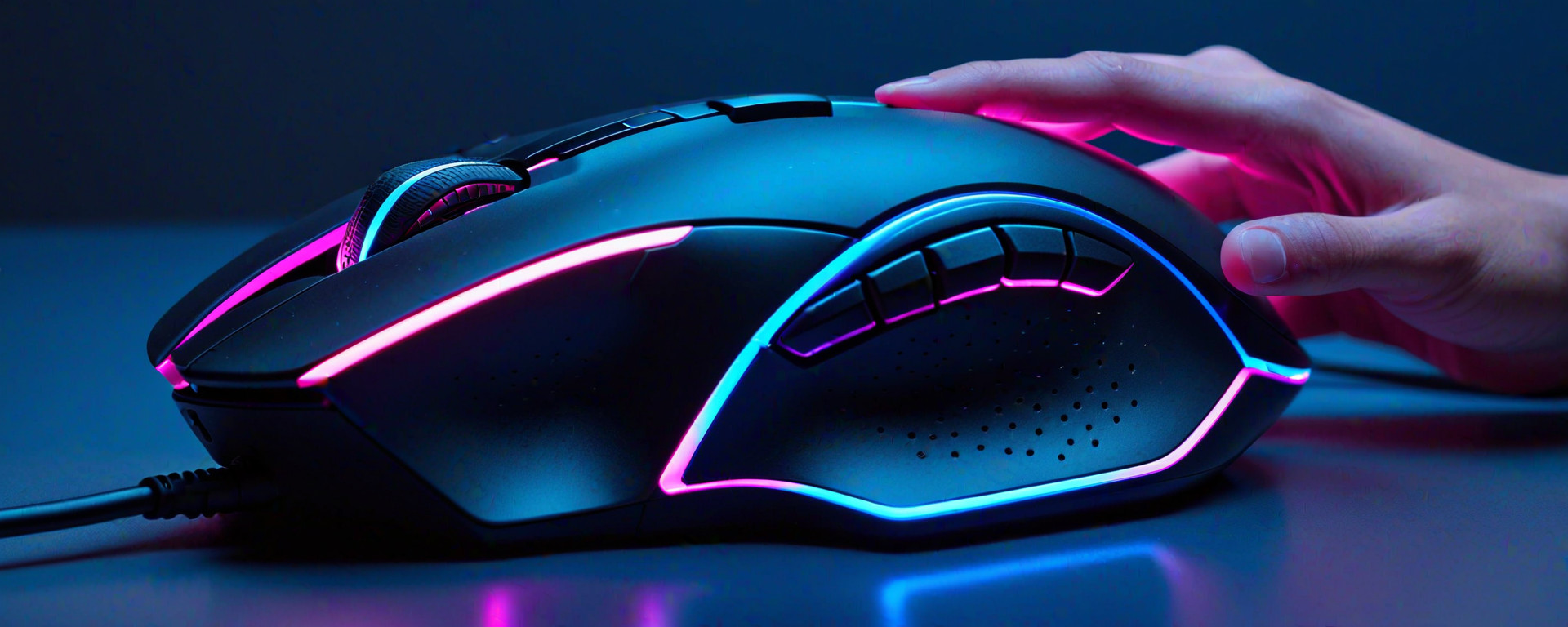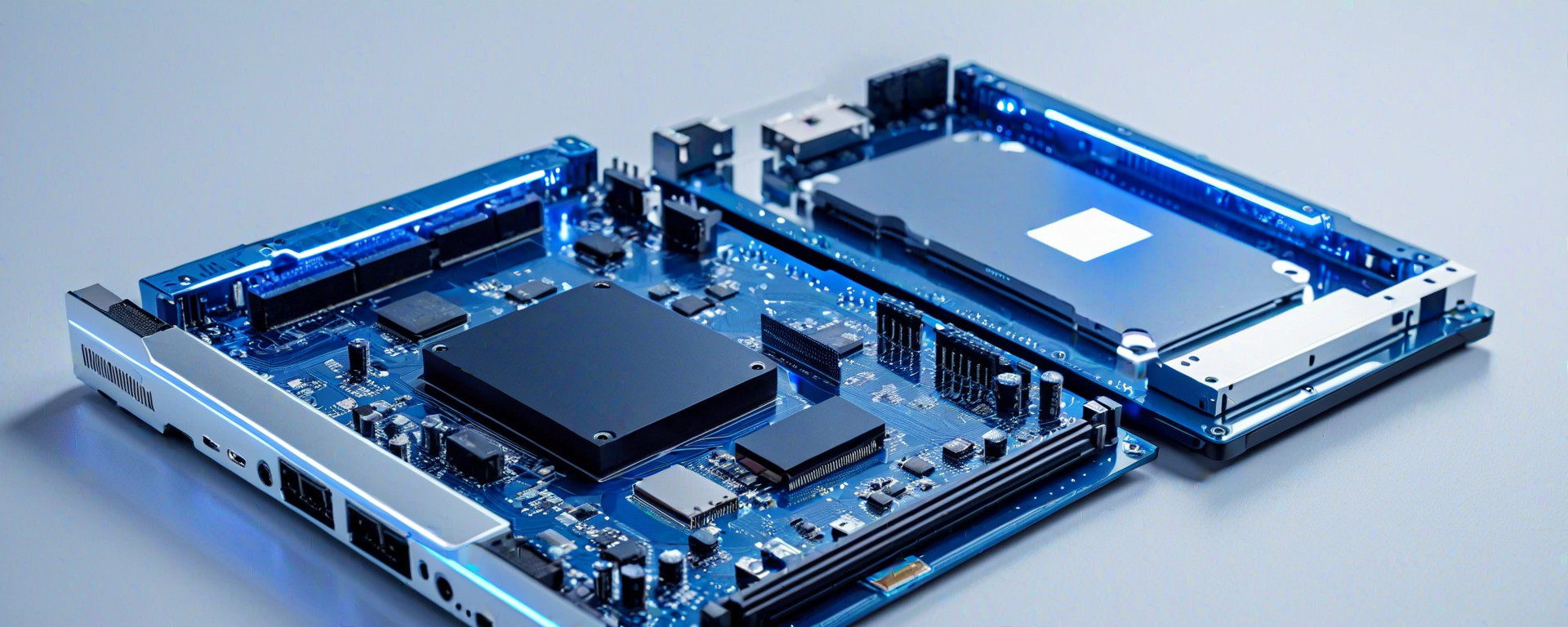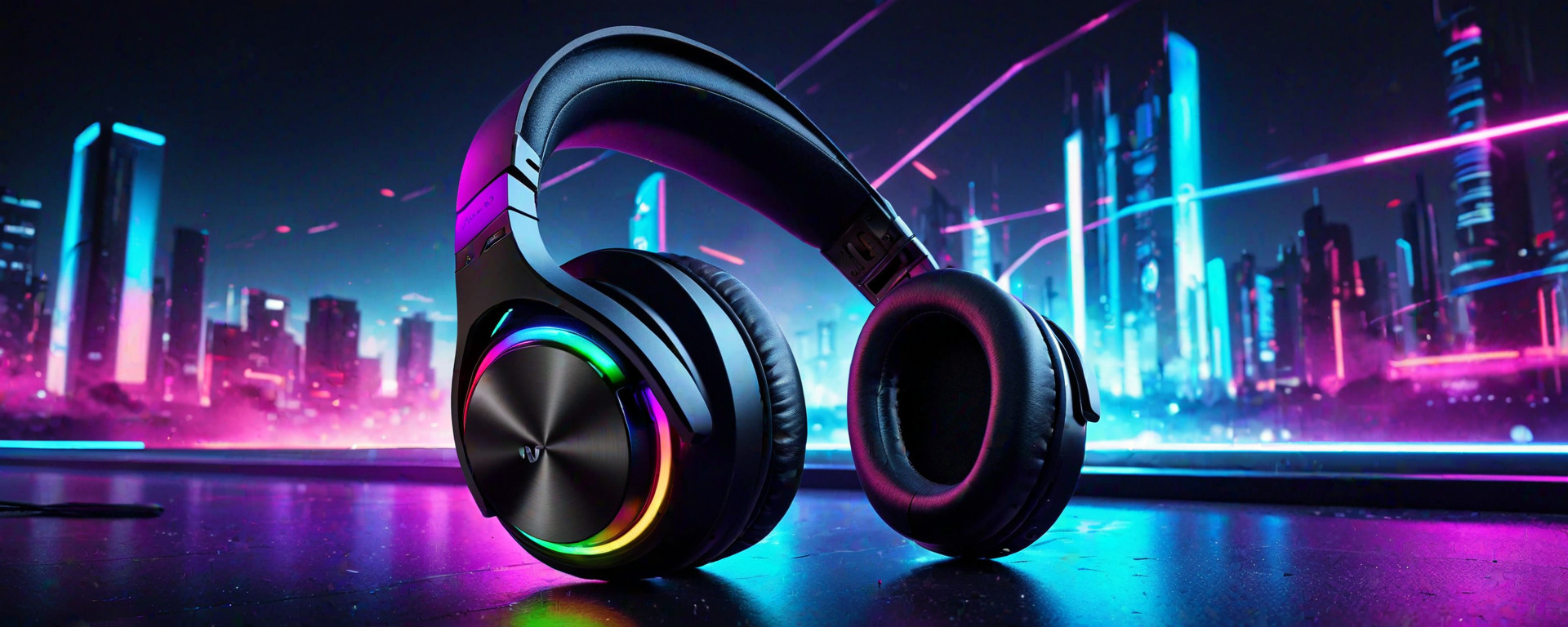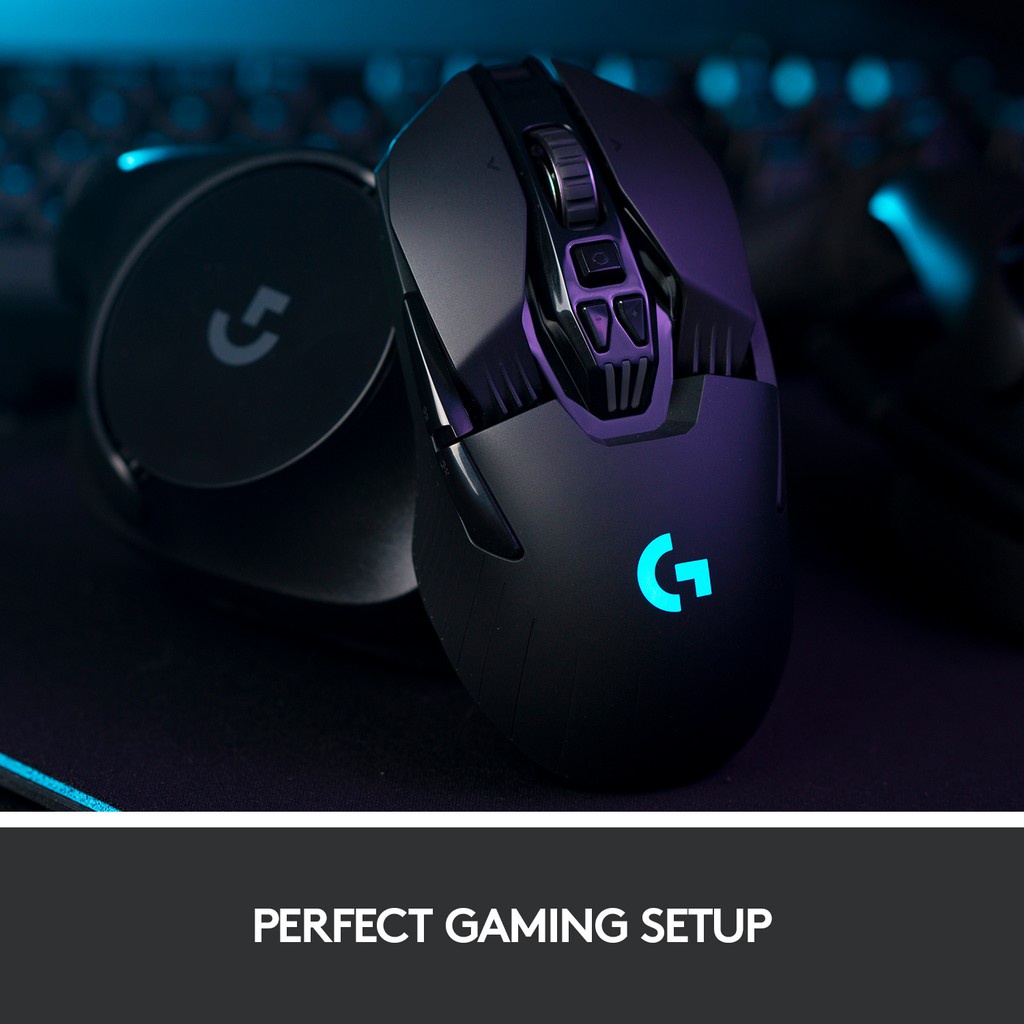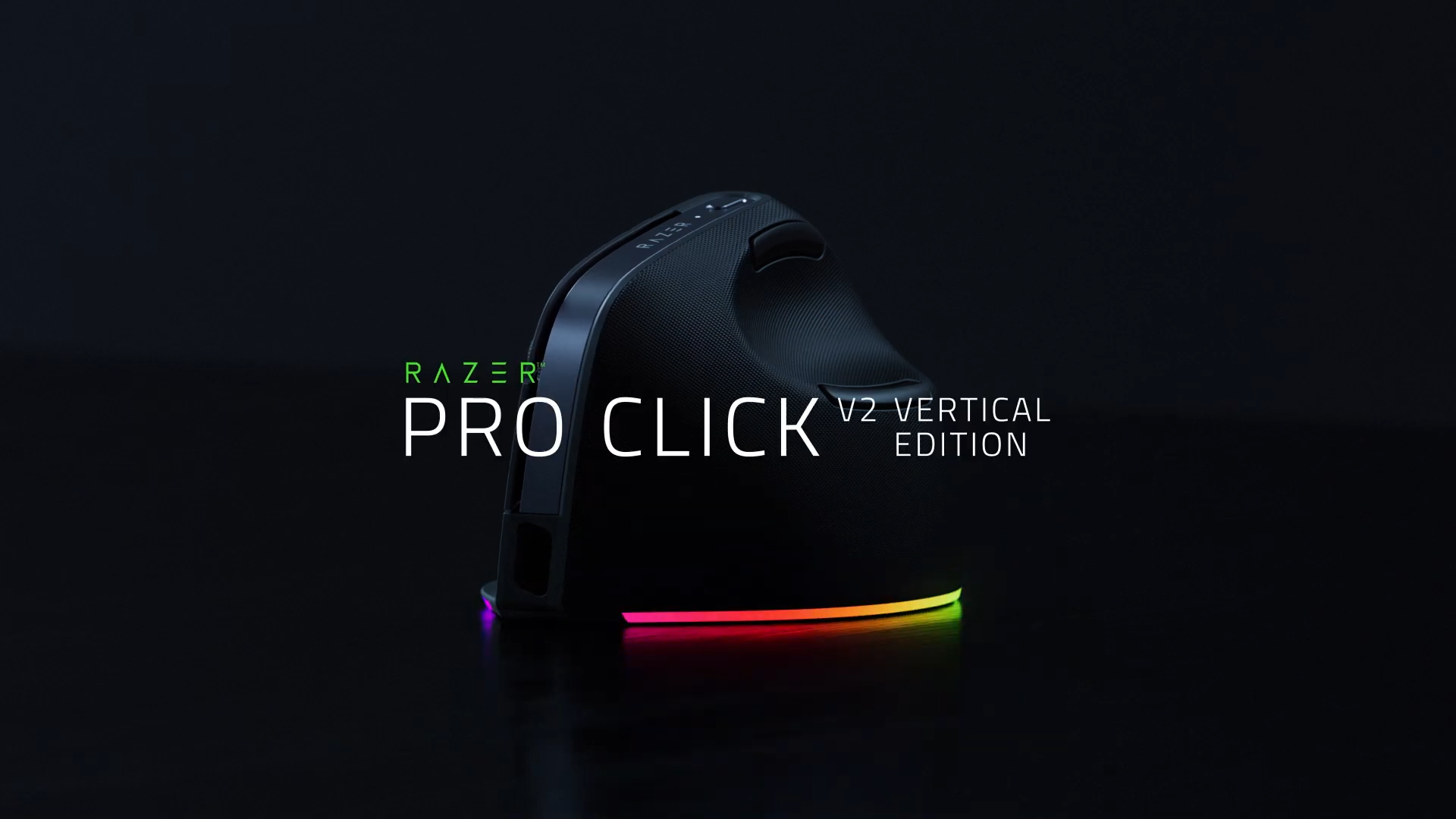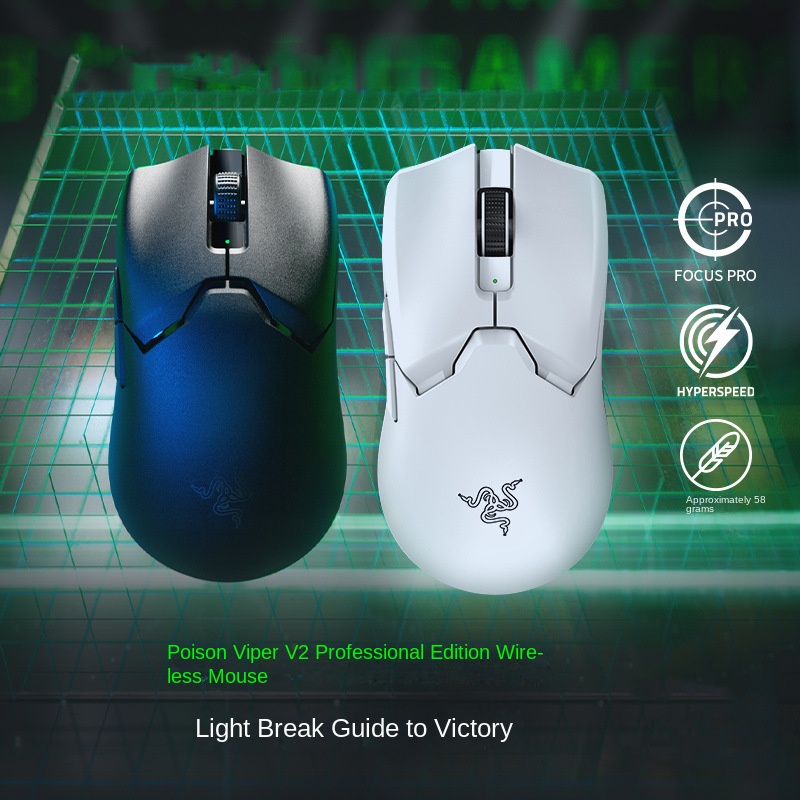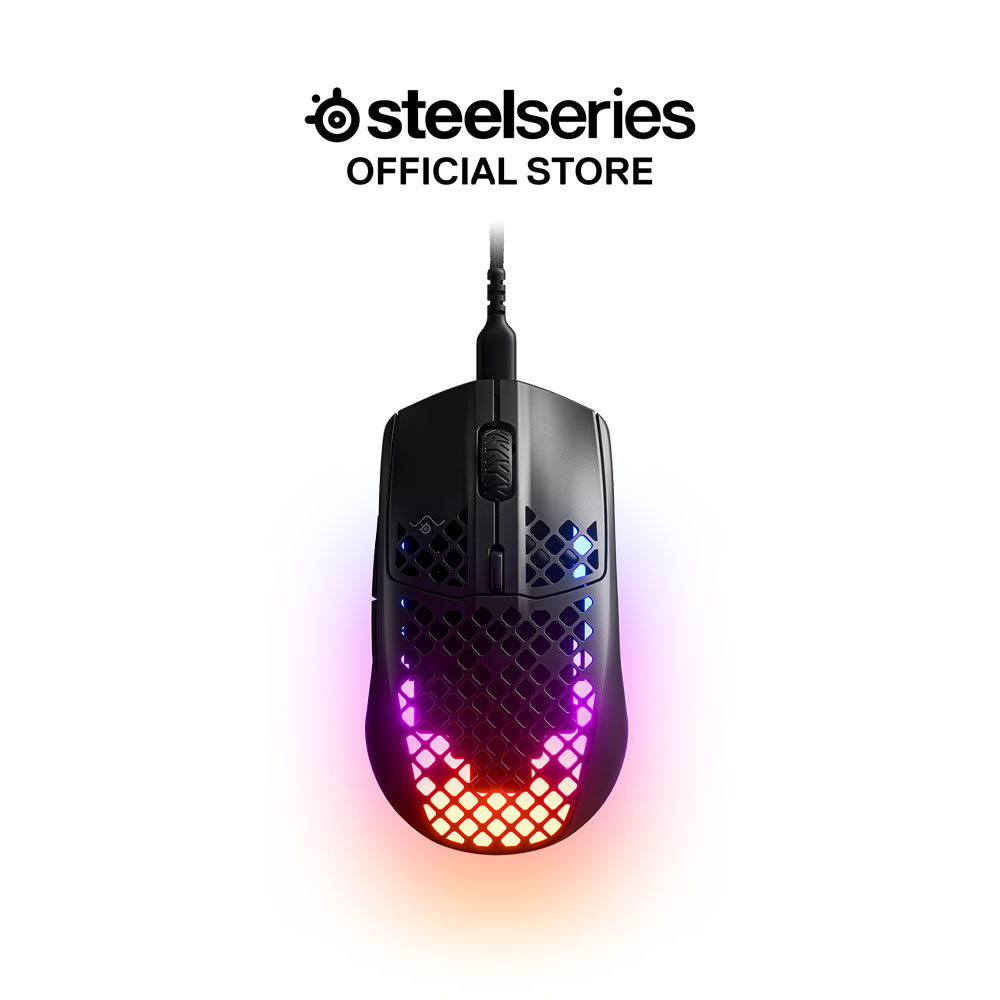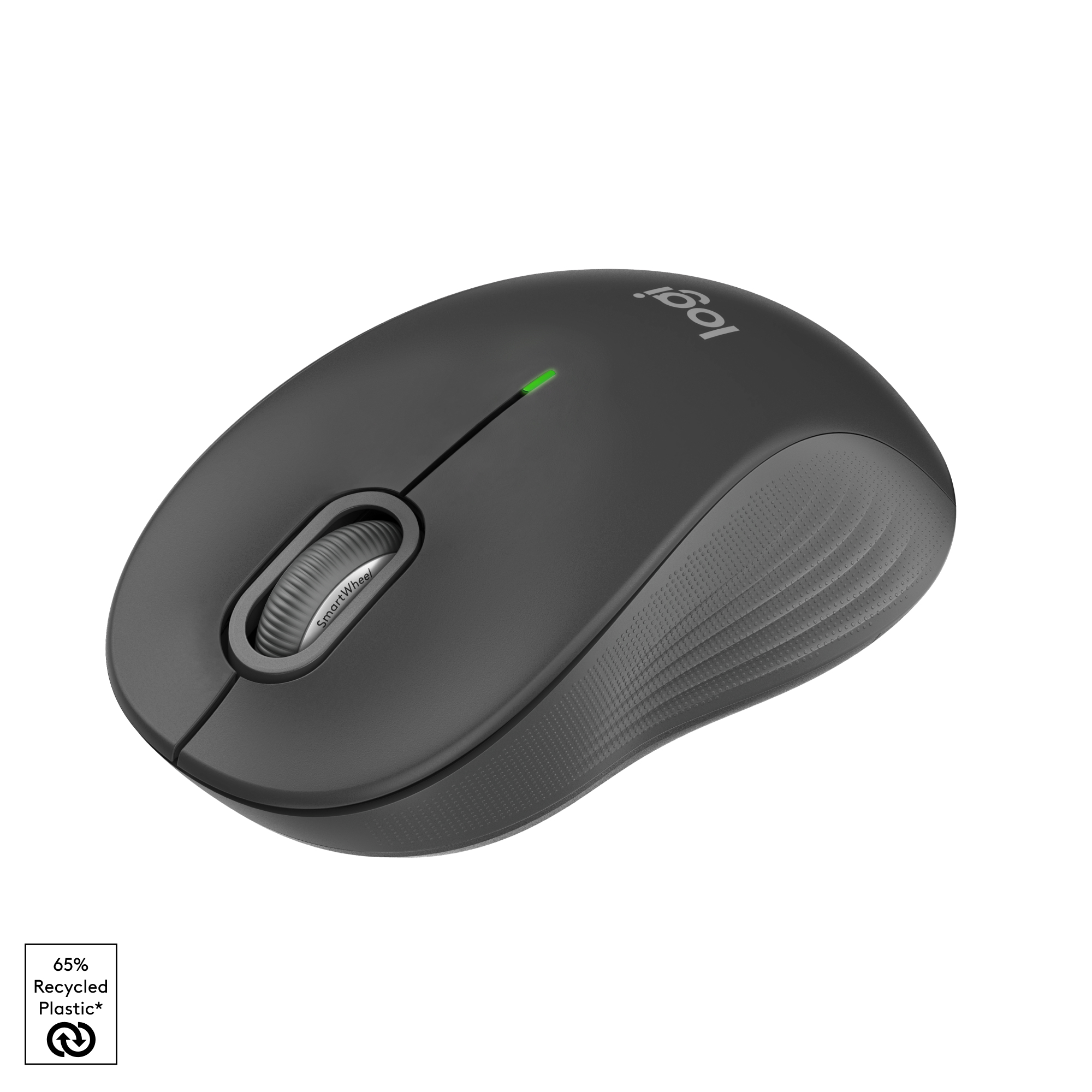Introduction
Ergonomic mice are designed to enhance comfort and reduce strain during long periods of computer use. These specialized devices offer a range of features that cater to users who spend extended hours working or gaming on their computers, making them an essential investment for anyone looking to minimize the risk of wrist injuries and other repetitive motion disorders.
In this article, we will delve into the importance of ergonomic mice in preventing wrist strain. We'll explore key design elements, discuss some of the top products available today, provide real-world usage scenarios, and offer guidance on selecting the right mouse based on individual needs. By the end, you’ll have a comprehensive understanding of why investing in an ergonomic mouse can significantly improve your computing experience.
Understanding Ergonomics and Wrist Strain
Ergonomics is the science of designing systems, products, and environments to suit the capabilities and limitations of the human body. In the context of computing devices, ergonomics focuses on minimizing physical strain and discomfort caused by repetitive motions such as typing or using a mouse.
Common Causes of Wrist Strain
Wrist strain typically results from prolonged use of a standard mouse without proper support for natural hand positioning. Factors contributing to this issue include:
- Repetitive Motion Injuries (RMIs): Prolonged, repetitive movements can lead to conditions such as Carpal Tunnel Syndrome and Tendinitis.
- Improper Posture: Using a mouse without ergonomic support forces the hand into unnatural positions, increasing strain on muscles and tendons.
- Lack of Support: Standard mice often do not provide adequate cushioning or adjustability to accommodate individual preferences and physical differences.
The Impact of Wrist Strain
Wrist strain can lead to significant discomfort, reduced productivity, and long-term health issues. Symptoms may include pain, numbness, tingling, and stiffness in the wrist, hand, or forearm. Addressing these concerns early through ergonomic solutions like specialized mice can prevent more severe conditions from developing.
Key Design Elements of Ergonomic Mice
Ergonomic mice incorporate several design elements to support natural hand positioning and reduce strain:
Natural Hand Placement
The most effective ergonomic mice are designed to fit comfortably in the hand without requiring awkward postures. This includes features like asymmetrical designs, palm rests, and adjustable thumb supports.
Adjustability
Ergonomic mice often come with customizable options for size, shape, and grip angles, allowing users to tailor their setup to specific needs.
Material Choices
The use of soft-touch materials and cushioning helps absorb shock and reduces pressure on the wrist and hand.
Top Ergonomic Mice: A Comprehensive Review
In this section, we will review some of the best ergonomic mice available in the market:
- Asymmetrical design for natural hand placement.
- Palm rest and adjustable tilt angle.
- Dual sensor technology for smooth scrolling.
- Spherical trackball design reduces strain on fingers and wrist.
- Dual sensor technology for precise scrolling.
- Adjustable tilt angle and palm rest.
- Vertical design promotes neutral wrist alignment.
- Padded grip area for extended use.
- Dual sensor scrolling wheel.
| Mice Model | Main Features | Comfort & Fit |
|---|---|---|
| Microsoft Sculpt Ergonomic Mouse | Very comfortable, fits well in the palm with good support. Highly customizable to personal preferences. | |
| Logitech MX Ergo Wireless Trackball | Excellent comfort, fits naturally in the hand. Adjustable to fit different grip styles. | |
| Anker Vertical Ergonomic Mouse | Very comfortable, reduces strain significantly. Good fit even with larger hands. |
Comparison of Key Features
The Microsoft Sculpt Ergonomic Mouse offers a symmetrical design that fits comfortably in the palm and features an adjustable tilt angle for personalized comfort. The Logitech MX Ergo Wireless Trackball provides a spherical trackball mechanism, which minimizes finger strain while offering precise scrolling capabilities. Lastly, the Anker Vertical Ergonomic Mouse is designed to promote neutral wrist alignment with its vertical shape and padded grip area.
Pros and Cons
Microsoft Sculpt Ergonomic Mouse:
- Pros: Excellent comfort for long-term use, customizable tilt angle, dual sensor technology.
- Cons: Bulkier than some other options, may take time to adjust to new design.
Logitech MX Ergo Wireless Trackball:
- Pros: Spherical trackball reduces strain on fingers and wrist, precise scrolling capabilities.
- Cons: Can be expensive compared to other ergonomic mice, may take time to learn proper usage.
Anker Vertical Ergonomic Mouse:
- Pros: Promotes neutral wrist alignment, comfortable for extended use due to padded grip area.
- Cons: May not be suitable for users with smaller hands, may require additional desk space.
Real-World Usage Scenarios and Case Studies
To better understand how ergonomic mice can benefit you in practical settings, let’s look at some real-world examples:
Scenario 1: Office Work Environment
An office worker spends several hours each day using a computer for tasks such as document editing, email management, and data entry. By switching to an ergonomic mouse like the Microsoft Sculpt Ergonomic Mouse or Logitech MX Ergo Wireless Trackball, this individual can reduce strain on their wrist and improve overall comfort during long work sessions.
Scenario 2: Gaming Sessions
A gamer who plays for extended periods may experience fatigue in their hands due to repetitive motion. Using an ergonomic mouse like the Logitech MX Ergo Wireless Trackball or Anker Vertical Ergonomic Mouse can help alleviate strain and enhance gaming performance by providing a comfortable grip and precise control.
Conclusion
Ergonomic mice are essential tools for reducing wrist strain, improving comfort, and enhancing productivity. By choosing the right ergonomic mouse based on your specific needs and preferences, you can enjoy long-term benefits such as reduced pain, improved posture, and increased efficiency in both work and leisure activities.
FAQs
- Q: Do I need to adjust my desk setup when using an ergonomic mouse?
A: Yes, it’s recommended to position your keyboard and monitor at appropriate heights for comfortable use with the ergonomic mouse. - Q: Can ergonomic mice be used by left-handed individuals?
A: Many ergonomic mice are designed to accommodate both left- and right-handed users through adjustable features or mirrored designs.
Tips for Choosing an Ergonomic Mouse
- Consider your hand size and grip preferences when selecting a mouse.
- Evaluate the adjustability options available on different models.
- Prioritize comfort over aesthetics, as prolonged use will be more important than initial impressions.
Contact Us for Further Assistance
For personalized advice or specific inquiries about ergonomic mice, feel free to reach out through our contact form or email us at support@example.com. We’re here to help you find the best solution for your needs.
--- This detailed guide provides a comprehensive overview of ergonomic mice, their benefits, and practical tips for choosing the right one based on individual preferences and requirements. By incorporating these insights into your daily routine, you can significantly improve your comfort and efficiency while using computers or gaming consoles.
